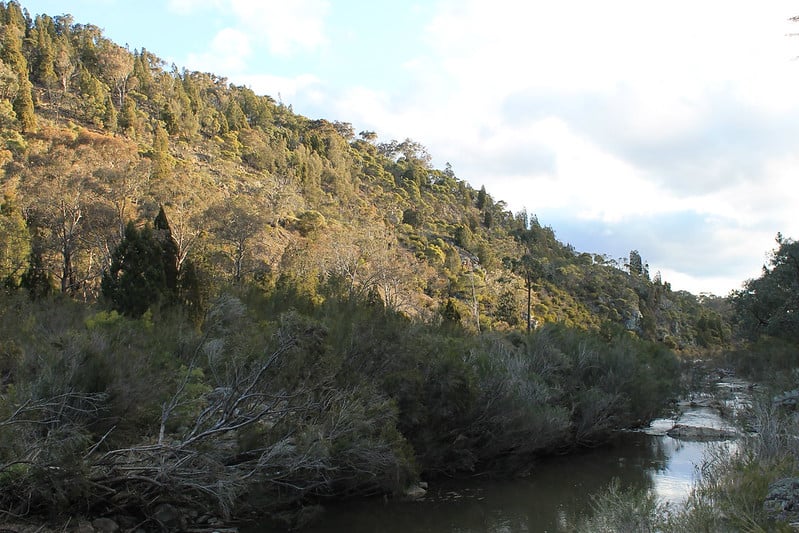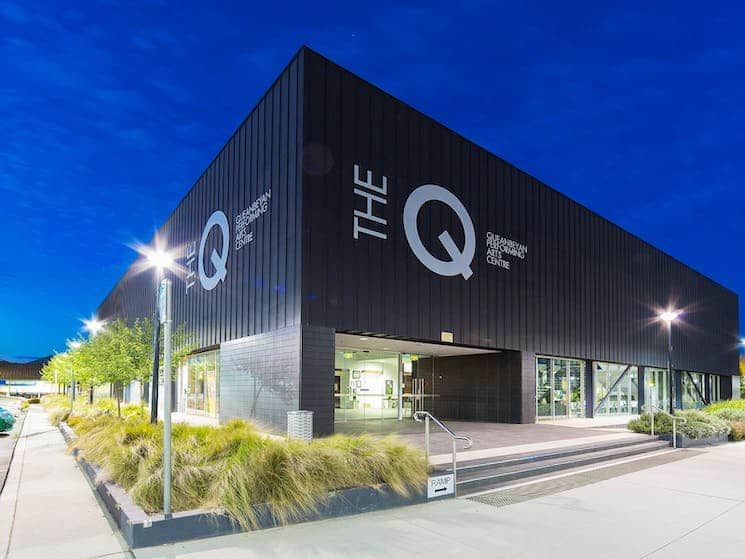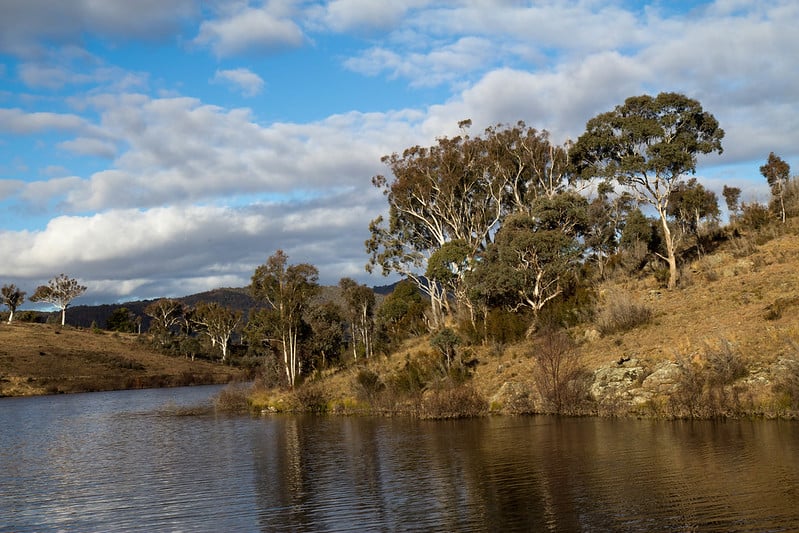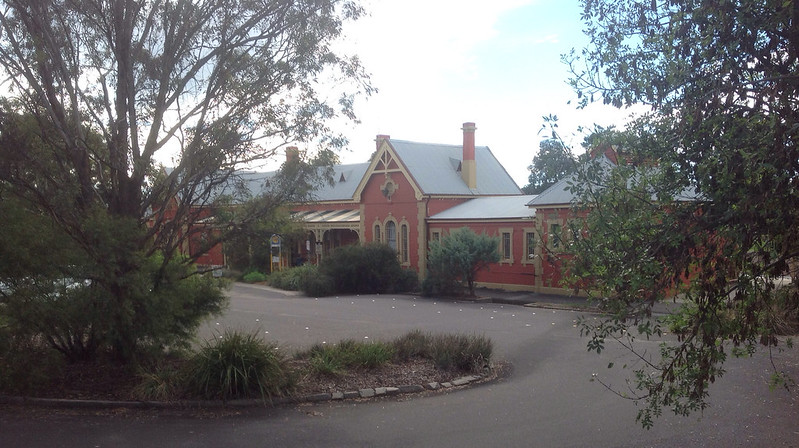Queanbeyan is a city located in the southeast region of New South Wales, Australia. It is located approximately 15 kilometers (9 miles) east of the Australian capital city of Canberra, and is considered a part of the Canberra metropolitan area. The city has a population of around 37,000 people and is situated at the foot of the Australian Capital Territory.
If you’re wondering what to do while visiting Queanbeyan, Australia, you’ve come to the right place. The town’s attractions include the Mysterious Moonlight Tour, Molonglo Gorge, and the Googong Dam. The town doesn’t have a single mall, but you’ll find plenty of unique shops, handmade fairs, and scenic locations. There’s something for everyone in Queanbeyan, from nature lovers to artists.
History of Queanbeyan
The town’s time line is still in progress, but highlights some noteworthy events. In the year 1836, the town was established as a settlement. It had 50 people at the time of its formation. The town’s first inn opened in that year. In 1839, a residence for the police magistrate was built along the southern boundary. In 1841, there were seven timber buildings and three brick ones in Queanbeyan. In the 1840s, the town’s first flour mill opened and a hospital was built. Between 1840 and 1887, bushrangers carried out robberies in the area, and a number of murders occurred.
TRAVELLING TO AUSTRALIA
Need a visa? Try iVisa
Molonglo Gorge

The name of the river, which flows through the gorge, is derived from the Aboriginal word ‘yeal-am-bid-gie’. This Aboriginal word was most likely the collective name for the Moolinggolah people, who called this part of the river home. The word “bidgee” is a common suffix in the Aboriginal language of the Canberra region and presumably means ‘water’ or ‘river.’
A walking trail through the gorge winds through three kilometers of bushland. The trail is steep and often requires crossing boulders. The trail ends in a picnic area, named Blue Tiles, where visitors can enjoy the picturesque view of the river. It is important to note that the trail is not well maintained and has steep drops and rocky sections. While it is pleasant to walk through the bush, the trail is narrow and signs are sparse.
The gorge was formed 15 million years ago, when two faults collided, forming the Cullarin Block. The river continued to erode the rock, giving it its name. Today, this section of the gorge is still relatively unspoiled. Despite its beauty, it is a major transport route. A railway line is now established along the southern part of the gorge. A train may pass by on its way to Queanbeyan.
The Queanbeyan Performing Arts Centre

The Queanbeyan Performing Arts Center is located in the centre of the town of Queanbeyan. It is a modern venue that includes art exhibition areas as well as theatre and opera performances. It also hosts a variety of events throughout the year, including plays, musicals, and operas. In addition to hosting local performances, the theatre and art exhibition areas provide a perfect setting for art appreciation.
The theatre at the QPAC is home to a variety of performances including concerts, theatricals, and dance. In addition to the theater, there is a large foyer, which can be used for contemporary art exhibits. The theatre itself holds approximately 300 people, and the venue is well-suited to events involving the arts. The QPAC is an exciting place to attend a variety of events, including art exhibitions and lectures.
The Queanbeyan Performing Arts Center is the city’s entertainment centre. Located in the central business district, the Q is surrounded by the council chambers, Library, and Bicentennial Hall. Restaurants, pubs, and retail sectors are also close by. Those with disabilities can find a seat in the theatre of their choice. A large portion of seating is wheelchair accessible.
Queanbeyan Museum

The canvas cinema curtain is almost 100 years old and is now housed in the Queanbeyan Museum. The museum is located in a former police sergeant’s residence. Though the museum does not have enough space to display a large theater curtain, the curators list it as one of the 45 most prized items. It was donated to the museum by projectionist Charlie Hawes in the 1980s. Hawes had worked at the Triumph cinema in Queanbeyan and was a big fan of the theater curtain.
Visitors will find more than 3500 pieces of local history in the museum’s collection. These include a working iron lung, which was used during the polio epidemic of the 1950s, an 1860s magistrate’s bench, and a piano once owned by the founder of the “Federation” wheat strain. In addition to these items, the museum also boasts an 1138-page post office store journal, kept by John James Wright during the years 1868-69.
The Queanbeyan Museum is housed in a well-preserved 1876 building. It is home to an interesting collection of local memorabilia. The museum is organized by themes such as Ngambri culture, early exploration, and shopkeepers. The museum also houses an original iron lung and a historical mural by Margaret Hadfield. A visit to the museum is a must for history buffs.
Burbong Station
Looking to save on a trip to Burbong Station in Queanbeyans?
Located in the heart of the Queanbeyan region, Burbong Station offers easy access to local attractions. Nearby attractions include the Pialligo Estate and Superkarts Go Karting. With so many things to do in the area, this train station will keep you busy. It’s also close to Mount Atkinson and Mount Richmond. Whether you’re looking for a getaway or a new home, Burbong Station in Queanbeyan can provide you with the perfect place to call home.
When visiting Queanbeyan, be sure to visit the City Center, which features interesting dining options and interesting attractions. You can find a tourist information center in the city center at 1 Farrer Pl. Here, you can pick up maps of the surrounding area, as well as timetables for regional buses. If you visit Queanbeyan after dark, make sure to check out the artisan shops. The locals here are warm and eager to chat with you and answer your questions.
Googong Dam

There are many things to do in Queanbeyan, including visiting Googong Dam. The dam is a catchment area for the ACT region’s water supply and it has numerous recreational activities, including swimming, canoeing, sailing, and bushwalking. Visitors can also catch a fish or enjoy a picnic. The 65-meter-high dam provides an excellent view of the city. In addition, it is home to many species of wildlife, including the endangered Pink-tailed worm lizard and the Rosenberg’s monitor. This area has over 165 bird species recorded, including the Australian anchor plant and the Silky Swainson-pea.
You can also take a stroll in Queanbeyan’s city centre. Tree-lined streets and charming houses make for a pleasant walk through the town. While visiting, visitors can sample local cuisine and shop for souvenirs at artisan shops. The locals of Queanbeyan are friendly and eager to meet travelers. The town also hosts an annual Aboriginal music festival.
Located near the Googong Dam, Queanbeyan is a thriving riverside city. Nearby attractions include the beautiful south coast, the NSW snowfields, and the world-renowned theatre. Visitors to Queanbeyan will find many attractions to enjoy while staying in this historic town. Its proximity to the city also makes it a convenient base for visiting the nearby Canberra.
10 Interesting facts about Queanbeyan
- Queanbeyan is a city located in the south-east of New South Wales, Australia.
- The city is situated about 15 kilometers from the national capital of Canberra, and is considered a part of the Canberra metropolitan area.
- Queanbeyan was founded in 1838 and was named after an Aboriginal word meaning “clear waters”.
- The city is known for its rich history and heritage, and is home to many historic buildings and landmarks, including the Queanbeyan Museum and the Queanbeyan City Council Chambers.
- Queanbeyan is a major regional center for commerce and industry, and is home to many large companies and organizations.
- The city is also a popular destination for tourists, with its many parks and gardens, its vibrant arts and culture scene, and its proximity to the national capital.
- The Queanbeyan River flows through the city and is a popular spot for swimming, fishing, and other recreational activities.
- Queanbeyan is also home to the Queanbeyan Show, an annual event that celebrates the city’s agriculture and rural heritage.
- The city has a diverse population, with residents from a wide range of cultural backgrounds.
- Queanbeyan is twinned with the Japanese city of Kuki, and has a strong relationship with its sister city.

